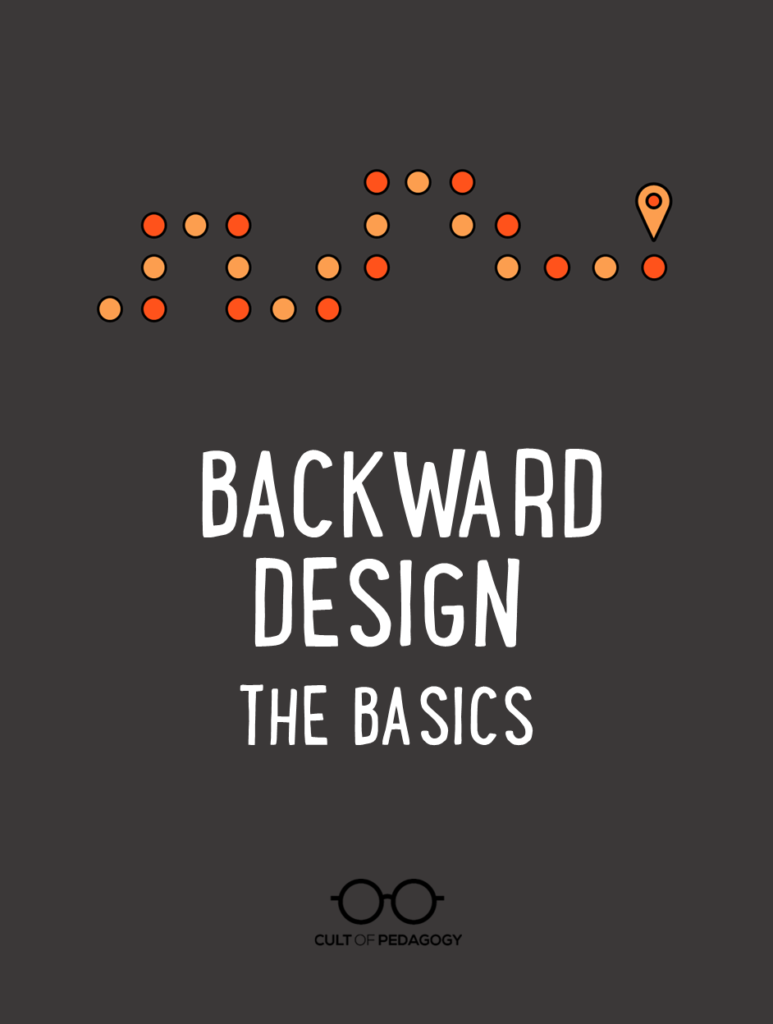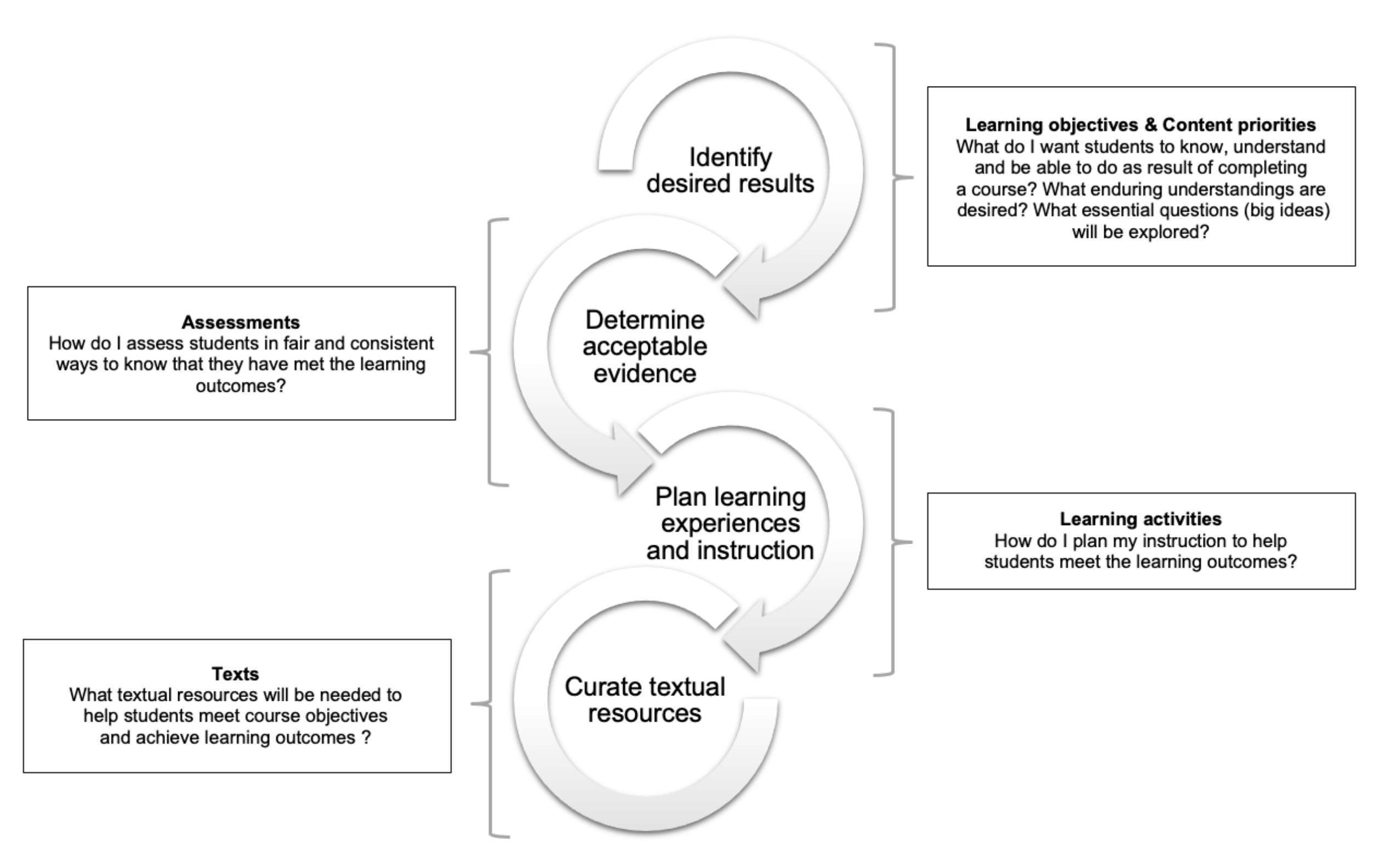Table Of Content

Like I did, you probably also have some favorite lessons and activities. Some of these might turn out to be not just fun to teach, but also solid in terms of equipping students with knowledge and skills that will last. The following examples are simply suggestions for what creating backward design lesson plans might look like. When creating your own lesson plans, please refer to your state’s or school’s specific academic standards. Notice that a general learning outcome (“tease out the laws of electromagnetism…”) is rather non-specific. Legislators supported the law and its focus because they recognized that students with higher hurdles need more resources.
Bloom’s Taxonomy: The Ultimate Guide [Free Download]
Calculation of those rates has been controversial, but a 2018 study credited the uptick to school funding reforms. Suspension rates among students of color have also plummeted to record lows, in part due to recent legislation that tightened suspension and expulsion guidelines in an effort to reduce bias and disproportionate discipline for black and Latino students. Another way I use backward design to support my students’ mental health is thinking about the relationship I hope to have with my students come summer. How you treat them throughout the year is how they will remember you, and we can use backward design to be intentional about our relationships with our students.
II. Determine appropriate criteria for evaluating students’ progress
This approach applies to any field, including business, the sciences and STEM. Information that fits within this question is the lowest priority content information that will be mentioned in the lesson, unit, or course. Gov. Gavin Newsom included $3 billion in pension relief for districts in 2019 in his inaugural budget. However, districts’ contribution rates toward the California State Teachers’ Retirement System (CalSTRS) have increased from 8% of their payroll in 2013 to 16% in 2021. These cost pressures compete with achievement gap initiatives on district balance sheets. Despite years of economic growth in California and record spending toward public education, study after recent study has warned that school districts are heading for long-term financial problems.
Backward's Design: Start with the Outcomes
The standard does not require students to memorize the phases of the moon. Nor does it ask them to “demonstrate knowledge” of how the whole system works. The standard wants students to develop a model and use it to describe the system. I was first introduced to this concept in my sixth year of teaching, and the genius of it completely blew me away.
The Three Steps of Backward Design Are:
A week-long instructional design approach to teach postoperative pain management knowledge among Afghan ... - Journal of Global Health Reports
A week-long instructional design approach to teach postoperative pain management knowledge among Afghan ....
Posted: Fri, 12 Jun 2020 07:00:00 GMT [source]
For related discussions, see achievement gap, equity, and high expectations. Designing a course or curriculum by beginning with the end in mind and designing toward that end. A downloadable guide for teaching professionals from the University of San Diego. Get articles with higher ed trends, teaching tips and expert advice delivered straight to your inbox.
Nearly two years into the pandemic, there isn’t much data on how far students have been set back. The closure of schools and the subsequent inequities remains, not only a source of political tension, but also a looming economic problem for California. Research over the past several decades has shown that students learn more and retain their learning longer if they acquire it in an active rather than a passive manner. The emphasis was on “lectures” and “discussions” and the assumption was that learning largely consisted of a passive activity in which students received information and ideas from authoritative sources.
ILO examples from MIT subjects
That figure — essentially a cost estimate for closing the achievement gap — varied by school district. But overall, it worked out to about $16,800 per pupil, an increase of more than one-third. Some schools have seen significant progress under the new system, with low income kids, for example. But it’s been slow going, and with some groups, the extra money doesn’t seem to be making as much difference.
FAQs About Backwards Lesson Planning
However, it is up to the skilled teacher to emphasize the process of gaining new knowledge, as opposed to acing the final test. While it can be difficult to grasp at first, backward design encourages educators to be intentional with their lesson planning, since it imbues the class time with a specific purpose. Grant Wiggins and Jay McTighe introduced backward design in their book Understanding by Design. In contrast to the traditional “forward design” approach, backward design begins by establishing learning goals and then developing assessments and teaching methods to achieve the desired outcomes. The backward design approach to curriculum development first establishes educational goals and then builds assessment and instruction to serve those goals.
Determine appropriate assessments
Achievement gaps in earlier grades also play out as students leave the state’s public school system. Researchers with The Education Trust-West in 2017 traced racial, ethnic and income disparities in which students had access and participated in advanced coursework, such as AP classes that let high school students earn college credits early. More black and Latino high schoolers were taking AP courses, Ed Trust-West reported, but fewer than half of them were passing. A recent study by Stanford researchers found student achievement gaps are mainly driven by school poverty — not a school’s racial composition. “Racial segregation appears to be harmful because it concentrates minority students in high-poverty schools, which are, on average, less effective than lower-poverty schools,” the study found.
A 3-unit, online, self-paced course for K–12 educators interested in planning customized curriculum and/or lesson plans. Interested in more professional development opportunities for teachers? Explore education courses and certificates at the University of San Diego’s Division of Professional and Continuing Education. However, the backward design approach provides an authentic learning experience relevant for both the educator and the student when deployed effectively. Critics of backward design express concerns around a potential lack of flexibility in programming.

At this stage it is important to consider a wide range of assessment methods in order to ensure that students are being assess over the goals the instructor wants students to attain. Sometimes, the assessments do not match the learning goals, and it becomes a frustrating experience for students and instructors. Use the list below to help brainstorm assessment methods for the learning goals of the course.
This, in turn, aims at promoting better understanding of the content or processes to be learned for students. The educator is able to focus on addressing what the students need to learn, what data can be collected to show that the students have learned the desired outcomes (or learning standards) and how to ensure the students will learn. Although backward design is based on the same components of the ADDIE model, backward design is a condensed version of these components with far less flexibility.
In other words, backward design helps educators create logical teaching progressions that move students toward achieving specific—and important—learning objectives. Backward Design is an instructional design approach that begins by first defining the desired outcomes and objectives and then creating the assessments, instructional activities, and materials to help learners achieve those outcomes. This approach to curriculum and lesson planning prioritizes learning objectives, resulting in more effective and purposeful teaching and more student-centered and engaging learning experiences. In contrast, the backward design approach has instructors consider the learning goals of the course first. These learning goals embody the knowledge and skills instructors want their students to have learned when they leave the course. Once the learning goals have been established, the second stage involves consideration of assessment.
The second step establishes a definable target, an objective that you can measure. The next step is to determine appropriate assessments to demonstrate success with the objectives in place. The final step is where the educator decides which activities and teaching methods are best suited to achieving the learning goal. Looking ahead to step two of backward design, you will need to identify evidence that an intended learning outcome has been obtained.
Or you might keep them for other reasons—not every minute of class time has to be spent on standards-based instruction. Some activities have value because they help us get to know each other better, they help students develop social-emotional skills, or they simply offer a bit of fun. But if a lesson doesn’t do any of these things, if it’s disguised as learning but is doing little more than keeping students busy, it’s time for it to go.

No comments:
Post a Comment